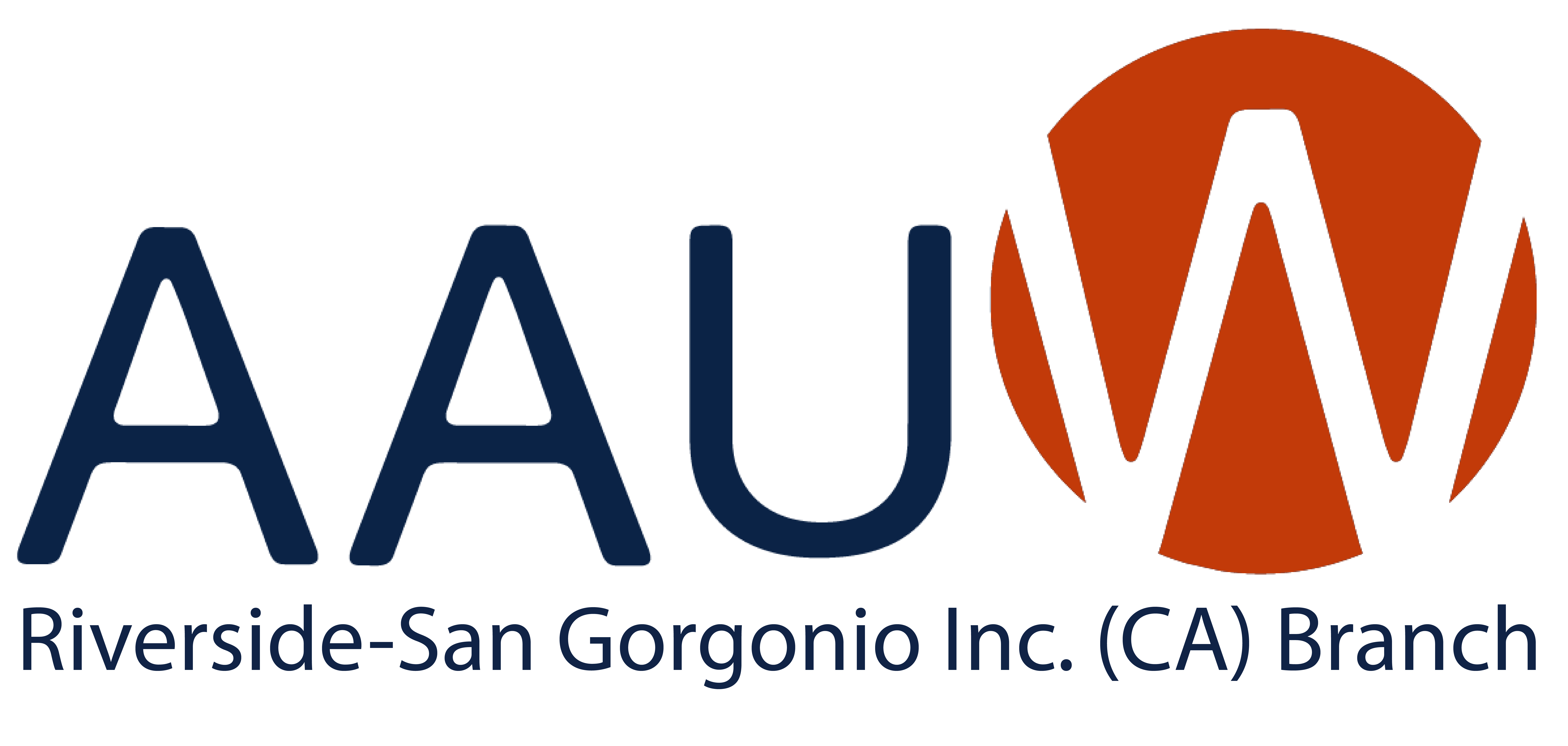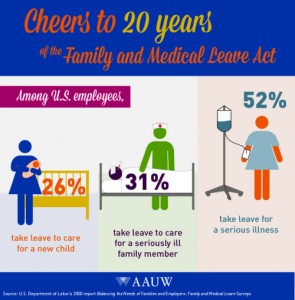This weekend marks 100 years since the Woman Suffrage Parade, when women marched in Washington, D.C., demanding the right to vote. In honor of the occasion, AAUW is opening our doors on Saturday, March 2, for anumber of events.
The Association of Collegiate Alumnae (ACA), the predecessor of AAUW, was founded in 1881 to enhance women’s educational opportunities during a time when it was not common for women to pursue higher education. One topic of frequent discussion at early meetings was the civic and moral responsibility of the educated woman to create a better society.
Some ACA members considered suffrage an integral part of a woman’s ability to carry out this responsibility. Mary Woolley, president of Mount Holyoke College and later president of AAUW, wrote that “it is impossible to consider the question of civic responsibility without reference to the question of woman suffrage. For those of us who have come slowly, perhaps, but convincingly to the affirmative side, converted by the irresistible logic of the situation, the emphasis is no longer upon ‘rights’ but ‘duty’” (ACA Journal, January 1914).
At the turn of the 20th century, many members did not want the ACA to address the issue of suffrage — not because they opposed it in principle but for fear that it was outside the scope of the newly formed organization’s purpose, which was to improve women’s educational opportunities. At the annual convention in Philadelphia in 1914, a resolution in support of studying the issue of women’s suffrage came up for debate. And the following resolution passed:
“In view of the broad policy of the Association towards all interests vitally affecting the education of women, and in the belief that the question of suffrage is one which deserves the serious study of college women, be it Resolved that the branches be requested to undertake such a study as an academic question; to investigate the status and working of suffrage; and to return delegates, instructed to vote on the resolution endorsing suffrage, which will be presented at the next biennial meeting; and further, that in the call for this meeting the branches be reminded that this question will be presented.”
This call to study was not atypical of the organization in its early years, since the group was hesitant to get involved in “external” issues. After the branches had researched the issue for a year, the organization seemed ready to cast its ballots for or against the issue. In 1915, the ACA met in San Francisco. The suffrage resolution passed by a vote of 247-19.
“Recognizing that under our government, education in both its academic and social aspects is controlled by the electors, be it Resolved that we, as a body of college women, dedicated to the promotion of education and desirous of furthering our ability for usefulness, favor suffrage for women.”
Although the ACA was not directly involved in the suffrage movement, many ACA members were active suffragists. The following are just a few.
Anna Kelton Wiley was born in Oakland, California in 1877. She graduated from George Washington University, Washington, DC, in 1897 and worked in various government offices. Shewas active in various Washington organizations for fifty-five years. As a suffragist she was arrested for picketing the White House on November 10, 1917, and sentenced to 15 days in District Jail; she appealed her case and it was later upheld by a higher court. She served as Chairman of the National Woman’s Party (1930-1932, 1940-1942) as well as editor (1940-1945) of its periodical, Equal Rights.
Maud Wood Park, member of the ACA’s Washington, D.C., branch, graduated from Radcliffe College in 1898. She was one of the few suffragists among Radcliffe graduates and was one of the few younger women in the National American Woman Suffrage Association. To get more young women involved, Park formed the College Equal Suffrage League in 1900, along with Inez Milholland. Park’s visits to colleges around the country led to the subsequent creation of the National College Equal Suffrage Association. After the 19th Amendment was passed in 1920, Park became the first president of the League of Women Voters.
Lorena King Fairbank, who was a member of the ACA and AAUW for more than 60 years, graduated from the University of Chicago in 1899. She was a member of the delegation led by ACA founder Marion Talbot to the annual meeting in St. Louis in 1904. Fairbank joined ACA at that event. She became involved in the suffrage movement when the Dakota Territory became two states and the new constitution denied women the right to vote. She established the South Dakota Division of AAUW and also several branches in the state. She moved to the nation’s capital in 1944 and continued her membership in the Washington, D.C., branch.
Katharine Houghton Hepburn, mother of actress Katharine Hepburn, was an ardent suffragist and head of the Connecticut Woman’s Suffrage Association. Katharine Houghton Hepburn was a part of the 1913 delegation that traveled to Washington, D.C., to meet with President Woodrow Wilson about the question of suffrage. Inspired by the arrests of her fellow activists, Katharine Houghton Hepburn joined the National Woman’s Party. Her actress daughter recalled that, as a child, she accompanied her mother to suffragist demonstrations. The elder Hepburn was scheduled to speak to the ACA convention in 1914 on the subject of “commercialized vice” (such as prostitution) but quickly dropped the subject and used the time instead to speak about the women’s suffrage movement.

![Anna-Kelton-Wiley[1]](https://riverside-ca.aauw.net/files/2013/03/Anna-Kelton-Wiley1-223x300.gif)
![Maud-Wood-Park[1]](https://riverside-ca.aauw.net/files/2013/03/Maud-Wood-Park1-234x300.jpg)
![Lorena-King-Fairbank[1]](https://riverside-ca.aauw.net/files/2013/03/Lorena-King-Fairbank1-246x300.jpg)
![Katharine-Houghton-Hepburn[1]](https://riverside-ca.aauw.net/files/2013/03/Katharine-Houghton-Hepburn11.jpg)



